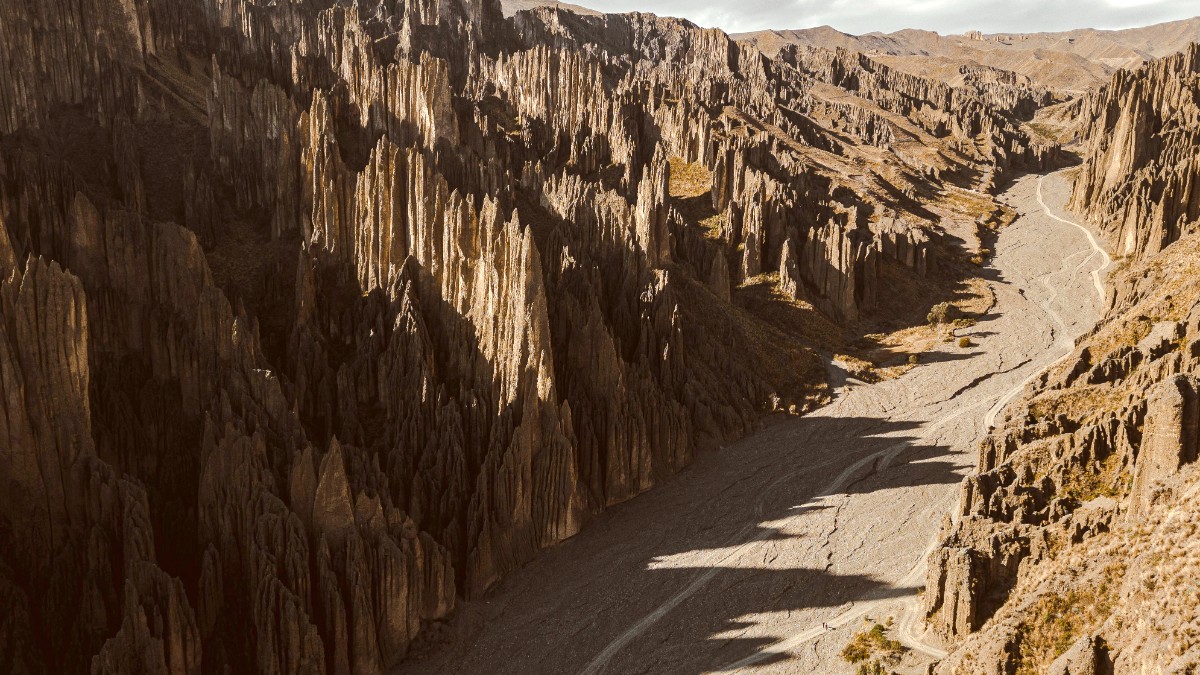
Bolivia
Mi Teleférico is the world's largest urban cable car network, designed to connect various parts of La Paz and El Alto, overcoming the city's challenging topography.
Minibuses, Trufi/Colectivos, and PumaKatari Buses operate on fixed routes throughout the city, forming the most common forms of street-level public transport.
Mi Teleférico maps are at all stations and online. Minibus routes show on vehicle front windows.
Mi Teleférico: BOB 3 per ride, smart card available. Minibuses/PumaKatari: cash upon boarding.
Mi Teleférico operates 6 AM - 10/11 PM, very high frequency. Buses run throughout the day.
Fares paid directly to the driver or cobrador upon boarding; BOB 2-3.
Purchase a "smart card" for convenience and reduced transfer fees.
Always carry BOB 5, 10, 20 notes as drivers often lack change for larger bills.
Don't hesitate to ask locals for directions or which minibus to take for your destination.
Taxis and ride-sharing apps offer more direct and private transportation options in La Paz.
Generally not a recommended mode of transport for most tourists in La Paz due to challenging driving conditions.
You need an International Driving Permit (IDP) alongside your national driver's license, a valid passport, and a major credit card for a deposit.
Motorcycle and scooter rentals are extremely rare and not advised. Bicycle rentals for specific activities only.
Walking is an excellent way to explore specific neighborhoods in La Paz. Cycling is largely limited to organized tours.
Bolivia drives on the right. Seatbelts are mandatory. Speed limits are often ignored by drivers.
Drive Right
Streets in La Paz are steep, narrow, and often congested. Many are cobblestone or unpaved, with varying quality.
Uneven Roads
Parking is limited and challenging in central areas. Private parking garages are available. An IDP is needed for self-driving.
Parking Challenges
La Paz truly stands out with its innovative transportation system, unique altitude challenges, and street life.
Navigate wisely to unlock its full potential.